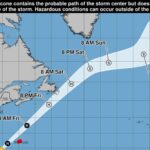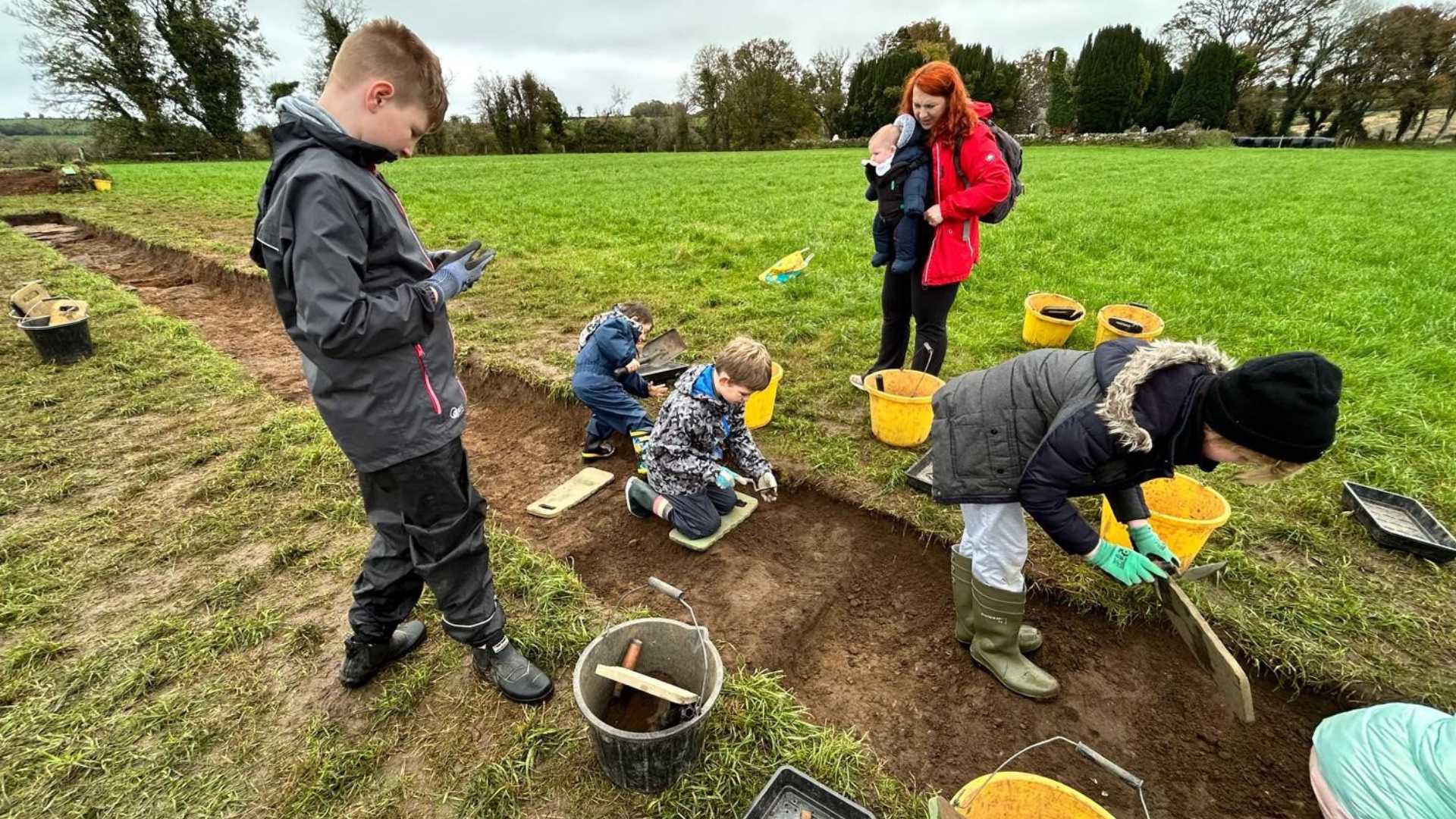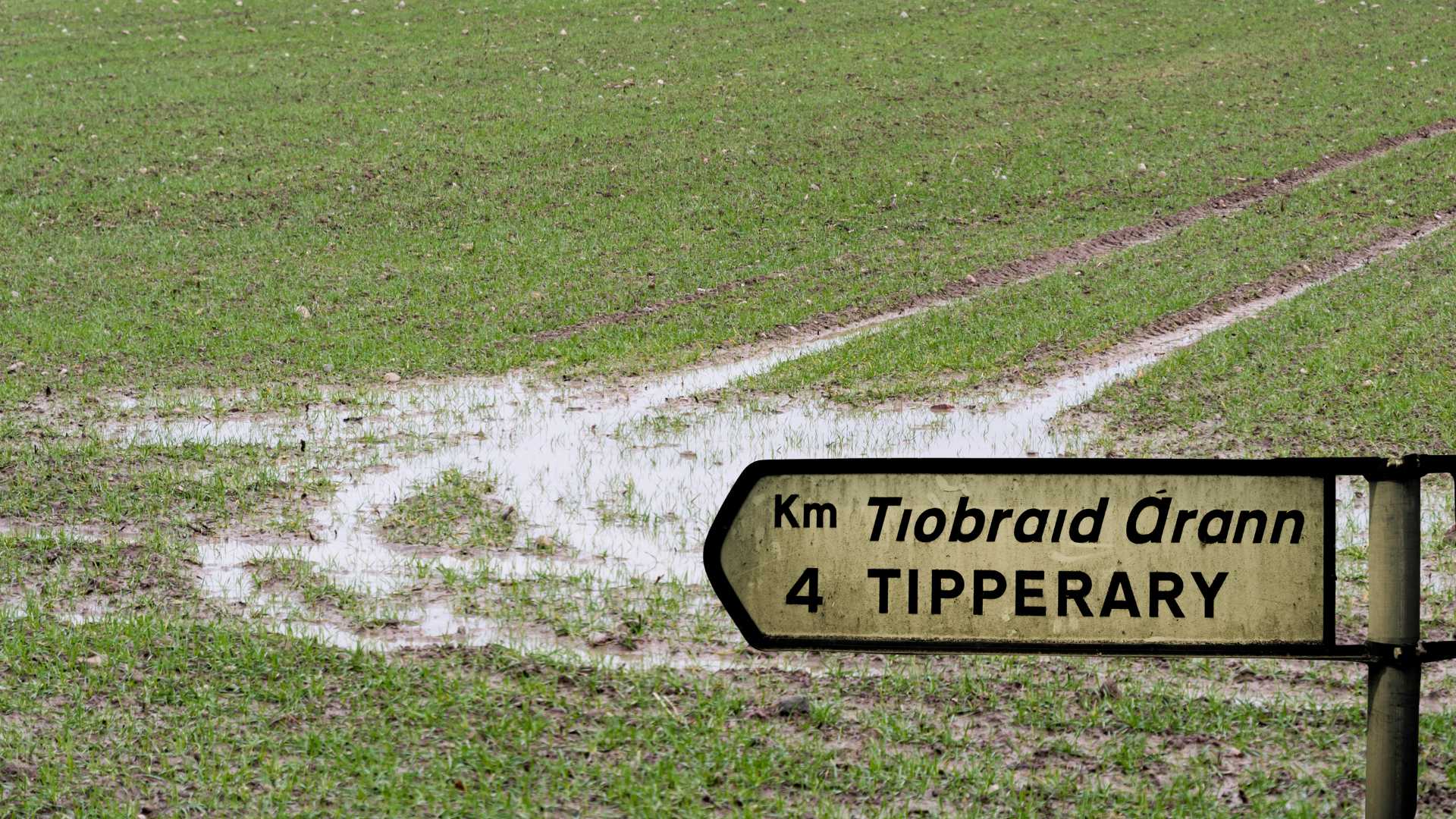
From Sizzle to Storm: Why Heatwaves End with Thunder in Ireland

Met Éireann has issued a Status Yellow Thunderstorm Warning for counties Clare, Limerick, Kerry, and all of Connacht.
The warning, which is in effect until 10pm, follows several days of warm weather and signals the arrival of a more unsettled pattern.
Thunderstorms often indicate the end of a warm spell in Ireland, and this weekend’s developments are no exception. These storms form when warm, moist air at ground level rises into the cooler air above. This process, known as convection, causes the air to cool rapidly, leading to the development of towering clouds and heavy rainfall. As this moist air condenses, it releases energy in the form of thunderstorms.
In the Irish context, warm spells are frequently associated with the presence of a humid airmass, often drawn up from the south under high pressure. When a cold front moves in from the Atlantic, it forces this warm air upwards. The rapid uplift intensifies storm development and marks the start of a major change in weather. As the cold front progresses, it replaces the warm, humid air with a cooler, drier airmass. This transition results in a noticeable drop in temperature and marks the end of the settled, summer-like conditions.
Thunderstorms also contribute to a stabilisation of the atmosphere. By releasing excess heat and moisture, they effectively cool the lower layers of the atmosphere, which makes further storm development less likely in the short term. This is another reason why thunderstorms tend to signal a shift towards more stable but cooler weather.
The outlook for the week ahead confirms this pattern change. Temperatures will fall back to more typical levels for July, with daytime highs generally in the mid-teens to low twenties.
The warm spell will be replaced by frequent heavy showers, particularly across the western half of the country, along with longer spells of rain at times. While there may still be the occasional bright interval, conditions overall will be cooler and more unsettled, with low pressure set to dominate through much of next week.
Share this WeathÉire story:







